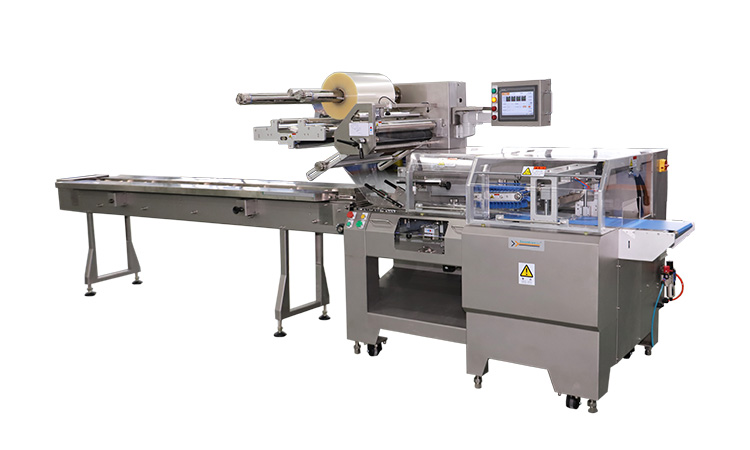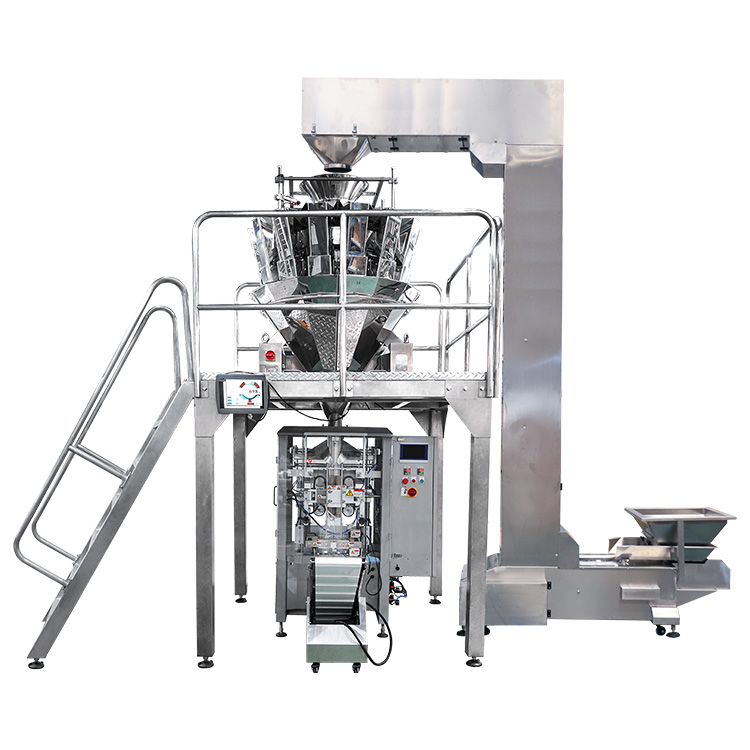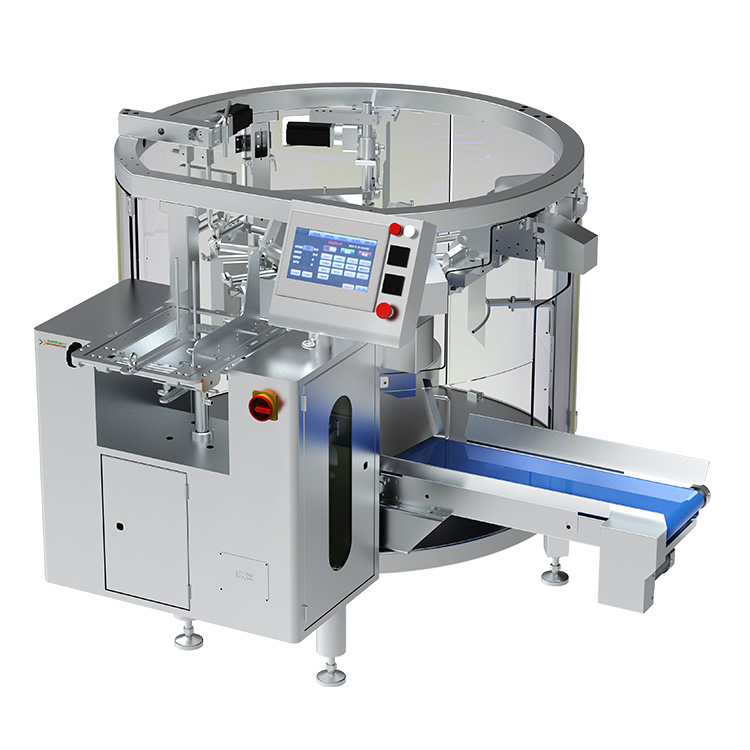Packaging Machine Types and Selection Guide
Industry news
Introduction: How Packaging Machine Classification Impacts Production Efficiency
With growing automation in manufacturing, the demand for packaging machines (Packaging Machine Types) is surging. Businesses often face challenges when selecting the right machine, encountering mismatches between equipment functionalities and their practical needs, highlighting the critical importance of proper classification and selection.
Detailed Overview of Popular Packaging Machines
1. Horizontal Flow Wrapping Machine: The High-Speed Allrounder
Core Functions: Back-sealing, end-sealing, multi-lane synchronized packaging (Horizontal Flow Wrapping Machine principles).
Applicable Industries:
- Food Packaging Machinery: Biscuits, instant noodle blocks
- Daily Chemicals: Soaps, tissues
- Nonfood: Hardware
Advantages: High speed versus packaging complexity limitations.
2. Vertical Form-Fill-Seal Machine: Precise Solutions for Small Products
Core Functions: Integrated bag-making, filling, sealing (Vertical Form-Fill-Seal Machine technology).
Applicable Industries:
- Granular
- Powder products
- Liquid products
Special Case Designs: Moisture-proof nitrogen-filling packaging solutions.
3. Pre-Made Pouch Packaging Machine: Premium Choice for Pre-made Pouch Packaging
Core Functions: Pre-made pouch opening, filling, sealing (Automated pouch filling and sealing technology).
Applicable Industries:
- High-value products: Pet food, premium snacks
- Irregular packaging demands: Gift boxes, multi-bag combinations
Cost Analysis: Balancing equipment investment against labor savings (Pre-made pouch machine cost vs ROI analysis).
4. Shrink Wrapping Machine: Cost-effective Solution for Bundled Packaging
Core Functions: Film heating and shrinking for shaping (Optimal temperature settings for PE shrink film).
Applicable Industries:
- Beverage bottle bundling
- Anti-corrosion packaging for hardware tools
Energy Efficiency Data: Comparing shrink efficiency between PE and PVC films (Energy-efficient shrink wrapping machine models).
Specialized Machines: Addressing Niche Technical Requirements
- Vacuum Packaging Machines: Freshness parameters for meat and seafood
- Aseptic Packaging Solutions for Dairy Products: Cleanliness standards for pharmaceuticals and dairy
- Robotic Case Packing Systems Integration: Flexible production line case studies
Equipment Selection Decision Tree: 5-Step Guide for Optimal Packaging Machine Selection
- Define product attributes (shape, size, sealing requirements)
- Evaluate capacity needs (single machine speed vs line integration)
- Special feature selection (nitrogen filling, labeling, coding integration)
- Cost-benefit analysis (equipment price, energy consumption, maintenance costs)
- Scalability considerations (modular design, smart upgrade potential)
Industry Applications Map: Real-World Cases from Food to Industrial Solutions
- Food Industry: Horizontal flow wrappers in snack food production lines
- Pharmaceuticals: Vertical machines with GMP-compliant cleanroom requirements (GMP-compliant packaging machines for pharmaceuticals)
Trends Forecast: The Future of Packaging Technology
- Modular Design: Engineering quick-change packaging formats
- Sustainable Packaging: Compatibility upgrades for biodegradable films (Upgrading packaging machines for biodegradable materials)
Conclusion: Achieving Cost Efficiency through Strategic Machine Classification
Identifying optimal cost-performance ranges for each packaging machine type can dramatically reduce operational costs and increase production efficiency.
FAQ Section
- What is the primary difference between horizontal and vertical packaging machines?
Horizontal machines are ideal for high-speed, uniform products, while vertical machines handle granular, liquid, and irregularly-shaped products, offering more precise filling and sealing.
- Are pre-made pouch packaging machines suitable for small enterprises?
Yes, they're ideal due to their flexibility and ease of use, balancing initial investment with significant labor cost reductions (Cost-effective packaging solutions for SMEs).
- How to choose the right thickness for shrink wrapping film?
Film thickness depends on the product's protection and presentation needs. Typically, thicker films provide greater protection, while thinner films are more cost-effective and suitable for less demanding applications.
- How can packaging machine capacity issues be optimized?
Regular maintenance (Daily maintenance checklist for flow wrappers), precise alignment, and using efficient materials can optimize capacity and reduce downtime.



